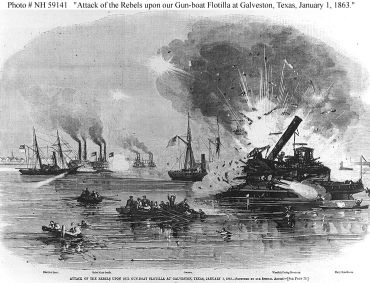Wooden gunboats were built in North Carolina during three historical eras: the Revolutionary War, the period of the Thomas Jefferson and James Madison administrations (1803-ca. 1811), and the Confederacy's first year. All of the boats were designed for use in shallow water, propelled by both sails and oars.

The first of these ships used in the Revolutionary War were armed merchantmen intended to protect coastal towns in 1776. Three, the Pennsylvania Farmer, King Tammany, and General Washington, were outfitted as guard vessels. Because they were not totally satisfactory, North Carolina opted to combine resources with Virginia and build two rowing galleys to defend Ocracoke Inlet: the Caswell and the Washington, the Caswell serving at Ocracoke under Capt. Willis Wilson during 1778-79. Neither galley engaged in battle, but both were somewhat effective in protecting trade passing through Ocracoke Inlet. Contemporary debate surrounds the fate of the worm-ridden Caswell; it was alleged to be sunk at its mooring in New Bern and the crew and weaponry were taken aboard the Washington. Other sources claim it was sunk at Ocracoke Inlet. Its exact fate is still unknown today, despite similar archeological findings near Bodie Island.
The Jeffersonian gunboats were designed for coastal defense and for use on the western rivers. Ultimately, several served in the Mediterranean as well. First authorized in 1803, a total of 177 gunboats were built in many port cities of North Carolina until at least as late as 1811. Ranging from about 50 to over 75 feet long, they generally carried from one to three large guns, plus swivels.
At least six gunboats were stationed at Wilmington before and during the War of 1812. Others served at Ocracoke; after the war, these undistinguished vessels were usually laid up or sold out of service. A wreck uncovered on Bodie Island in 1939 may be the remains of Gunboat 140, which exploded, burned, and sank on 23 Sept. 1814 at Ocracoke Inlet. Gunboats 166, 167, 168 were built at Wilmington (in Smithfield) by Amos Perry. Gunboat 166 served during the War of 1812 as the Alligator; it sank in Port Royal Sound in July 1814 and was raised and sold in June 1815. Gunboat 168 plied the Atlantic coast and after the war was used as a guard ship between Savannah and Charleston.
Wooden Civil War gunboats took two forms. Some were prewar vessels adapted for military use, many serving in North Carolina's navy, the "Mosquito Fleet," which was destroyed in and after the fighting around Roanoke Island and Elizabeth City in 1862. The other form was custom-built under contract to the Confederate government in various coastal towns, primarily Washington, N.C. Both that town and Elizabeth City fell to Union forces in the spring of 1862, leading to the termination of several plans to build wooden gunboats in the state. One Washington gunboat was apparently taken up the Tar River and hidden in a creek in Pitt County. When it became obvious that the vessel could not be finished, it was burned. The wreck has been studied by underwater archaeologists since 1973.